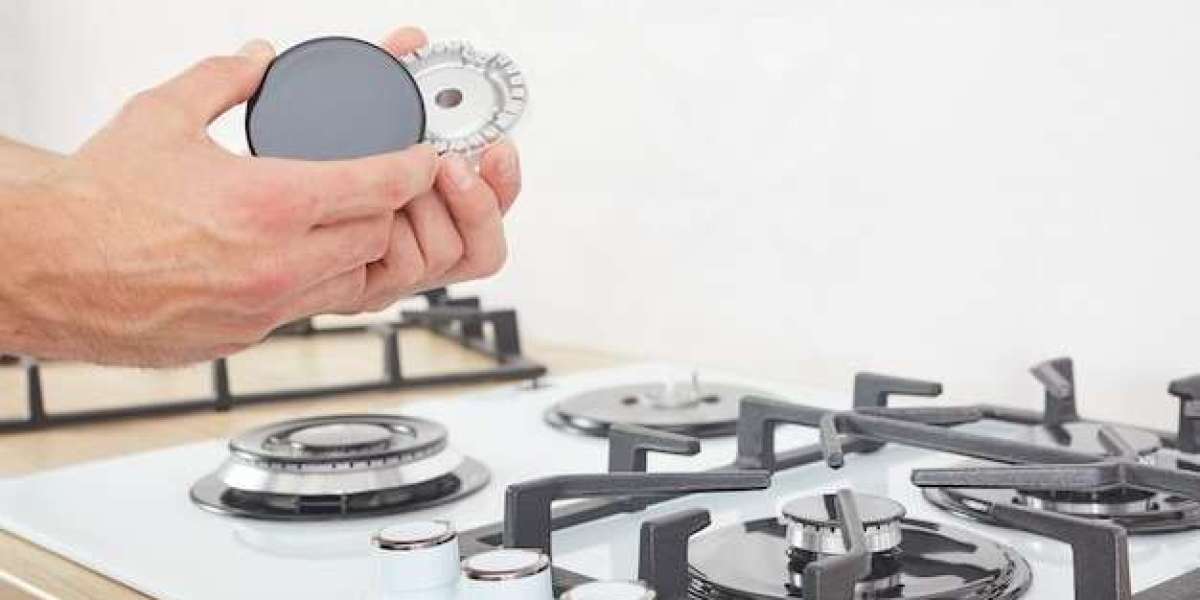In an era where accessibility, convenience, and luxury intersect, residential elevators have emerged as one of the most transformative home improvement solutions available today. Far from being exclusive to commercial buildings, home elevators are revolutionizing how we think about multi-story living, offering unprecedented comfort, safety, and property value enhancement for homeowners worldwide.
The Growing Demand for Home Elevator Solutions
The housing market will see a growing trend of homeowners installing house elevators during 2025 because they enhance residential accessibility and raise home value. This surge in popularity stems from multiple factors: an aging population seeking to age in place, increased awareness of accessibility needs, and the desire for luxury amenities that distinguish premium properties.
Modern residential elevators have shed their industrial image, evolving into sophisticated home features that seamlessly blend functionality with aesthetic appeal. Today's homeowners are discovering that elevators aren't just practical solutions—they're lifestyle upgrades that transform daily living experiences.
Types of Residential Elevators
The residential elevator market offers diverse solutions tailored to different home layouts, budgets, and aesthetic preferences. Hydraulic elevators remain popular for their smooth operation and reliability, utilizing fluid pressure systems that provide gentle, quiet rides between floors. These systems are particularly suitable for homes with basements or machine rooms that can accommodate the necessary equipment.
Pneumatic vacuum elevators represent cutting-edge innovation in home lift technology. These systems use air pressure differentials to move the elevator car, requiring no machine room, pit, or extensive structural modifications. Their transparent cylindrical design creates a striking architectural feature while maintaining minimal space requirements.
Cable-driven elevators offer another versatile option, utilizing counterweight systems similar to traditional commercial elevators but scaled for residential use. These systems provide excellent customization options for cabin finishes, door styles, and operational features.
The Stiltz Duo Home Elevator has one of the smallest footprints of any residential lift available and takes up less than 8.5 sq ft. Such compact designs demonstrate how modern engineering has addressed space constraints that once made home elevators impractical for many properties.
Key Benefits and Considerations
Residential elevators deliver multiple advantages beyond basic transportation between floors. For families with mobility challenges or elderly members, elevators provide essential accessibility solutions that enable independent living within familiar surroundings. Considered a practical and attractive alternative to a stair lift, a Stiltz Home Elevator keeps you living independently in the home you love without the need to move house.
The convenience factor extends to everyday activities like moving groceries, laundry, furniture, and other heavy items between floors. This practical benefit appeals to homeowners regardless of age or mobility status, making elevators attractive investments for growing families and busy professionals alike.
Property value enhancement represents another compelling advantage. Real estate markets increasingly recognize residential elevators as premium features that differentiate properties and command higher selling prices. The investment often provides substantial returns, particularly in luxury home markets where elevators are becoming expected amenities rather than novelties.
Installation and Planning Considerations
Successful residential elevator installation requires careful planning and professional consultation. Also consider how your floor plan lines up—an elevator location may work on the first floor, but not line up on the second floor. Design consultants, accessibility experts, and contractors play crucial roles in determining optimal placement and system selection.
Structural considerations vary significantly depending on chosen elevator type and home construction. Some systems require minimal structural modifications, while others may necessitate substantial changes to accommodate machine rooms, elevator shafts, or electrical systems. Early consultation helps homeowners understand requirements and make informed decisions about system selection and installation timelines.
Building codes and permits represent another essential planning element. Residential elevator installations must comply with local building codes, safety regulations, and permit requirements. Professional installers typically handle these aspects, ensuring installations meet all applicable standards and regulations.
Technology and Innovation Trends
Rising government initiatives for barrier-free residential ... technology breakthroughs in Artificial Intelligence (AI) based predictive maintenance, energy-efficient elevator system and seamless integration with smart home automation. These technological advances are reshaping residential elevator capabilities and user experiences.
Smart home integration allows homeowners to control elevator operations through smartphone apps, voice commands, and automated scheduling systems. Predictive maintenance technologies monitor system performance continuously, identifying potential issues before they cause service interruptions and optimizing maintenance schedules for maximum efficiency.
Energy efficiency improvements include regenerative drive systems that capture and reuse energy during operation, LED lighting packages, and standby modes that minimize power consumption when elevators aren't in use. These features align with growing environmental consciousness while reducing operational costs.
Making the Investment Decision
Residential elevator investments require careful evaluation of needs, budget, and long-term planning goals. Initial costs vary significantly based on system type, installation complexity, and customization options. However, the long-term benefits often justify the investment through improved quality of life, enhanced property values, and future-proofing homes for aging in place.
Professional consultation proves invaluable throughout the decision-making process. Experienced dealers and installers can assess specific home requirements, recommend appropriate systems, and provide accurate cost estimates for complete installations.



